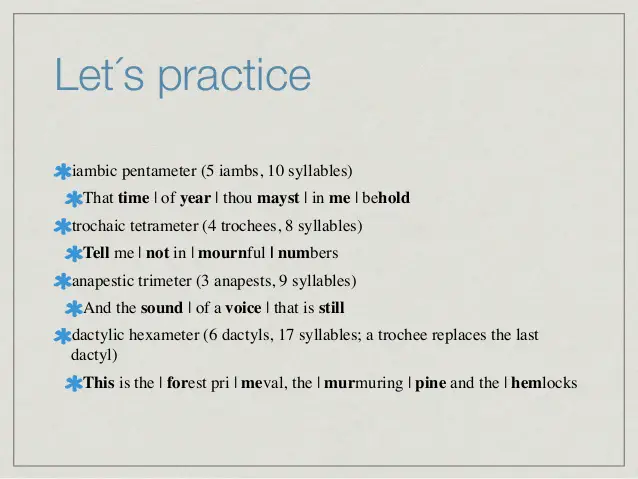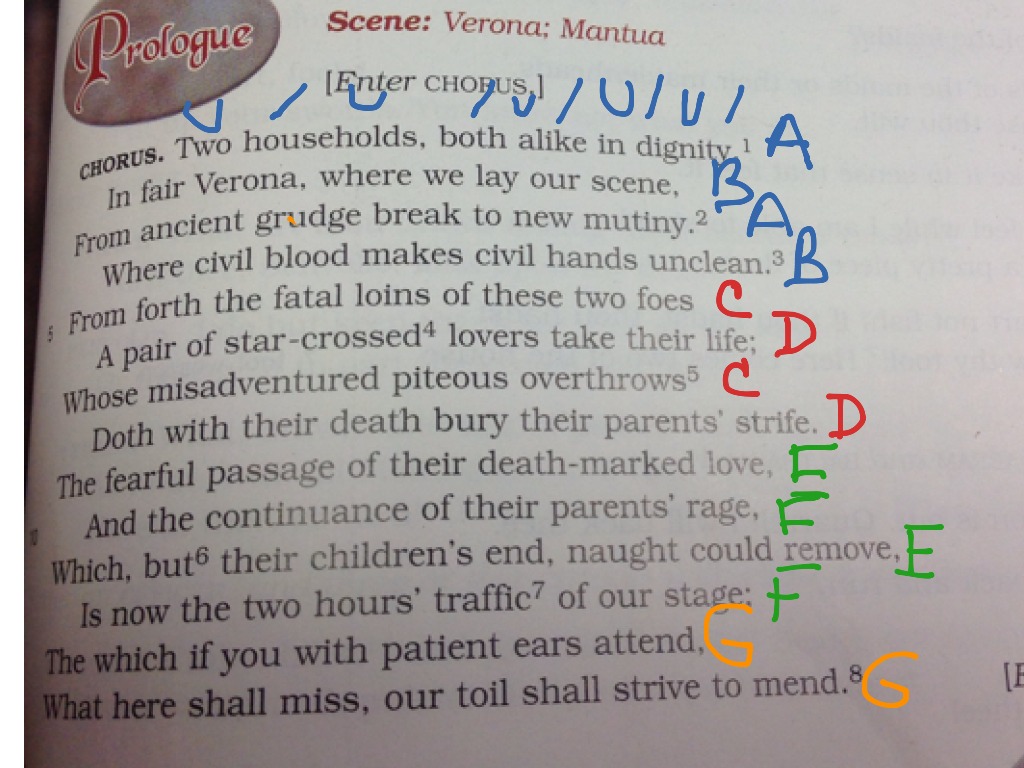

( Ancient Greek was characterized by pitch, which rose and fell independently of the mora-timed rhythm.) Latin readers probably gave words their natural stress, so that the quantitative metrical pattern acted as an undercurrent to the stresses of natural speech. Accentual rhythm in Latin may have been observed in pre-classical verse (in Saturnian meter) and in some medieval verse, but otherwise the rhythm of Latin verse appears ambivalent and complex. Modern scholars have differed about how these different influences affect the way Latin verse was sounded out. In English poetry the alternation of stressed and unstressed syllables produces an "accentual rhythm." In Classical Greek meter the alternation of long and short syllables (also called heavy and light syllables) produces a "quantitative rhythm." Classical Latin meter obeyed rules of syllable length, like Greek meter, even though Latin words bore stress. Modern scholars have different theories about how Latin prosody was influenced by these adaptations from Greek models. Virgil, his contemporary, used dactylic hexameters for both light and serious themes, and his verses are generally regarded as "the supreme metrical system of Latin literature".

He also wrote dactylic hexameters in conversational and epistolary style. He identified with, among others, Sappho and Alcaeus of Mytilene, composing Sapphic and Alcaic stanzas, and with Archilochus, composing poetic invectives in the Iambus tradition (in which he adopted the metrical form of the epode or "iambic distich"). Horace, whose career spanned both republic and empire, followed Catullus' lead in employing Greek lyrical forms, though he calls himself the first to bring Aeolic verse to Rome. The Alexandrians' preference for short poems influenced Catullus to experiment with a variety of meters borrowed from Greece, including Aeolian forms such as hendecasyllabic verse, the Sapphic stanza and Greater Asclepiad, as well as iambic verses such as the choliamb and the iambic tetrameter catalectic (a dialogue meter borrowed from Old Comedy). They, and especially Catullus, looked to the scholarly Alexandrian poet Callimachus for inspiration. They were rich young men from the Italian provinces, conscious of metropolitan sophistication. The late republic saw the emergence of Neoteric poets. Ennius employed a poetic diction and style well suited to the Greek model, thus providing a foundation for later poets such as Lucretius and Virgil to build on.

Livius also translated Homer's Odyssey into a rugged native meter known as Saturnian, but it was his near contemporary, Ennius (239–169 BC), who introduced the traditional meter of Greek epic, the dactylic hexameter, into Latin verse. the rules for identifying short and long syllables, the basis of Greek and Latin meter) are mostly the same as for classical Latin verse. The principles of scansion observed by Plautus and Terence (i.e. He set a precedent followed by all later writers of the genre, notably Plautus and Terence.

He not only established the genre fabula palliata, but also adapted meters from Greek drama to meet the needs of Latin. Livius, a Greek slave, translated Greek New Comedy for Roman audiences. The start of Latin literature is usually dated to the first performance of a play by Livius Andronicus in Rome in 240 BC. Latin verse: a Greek gift A brief history 3.3.3 Iambic tetrameter catalectic (iambic septenarius).3.3.1 Iambic trimeter (iambic senarius).2.2.1 Cola: a different way to look at it.


 0 kommentar(er)
0 kommentar(er)
